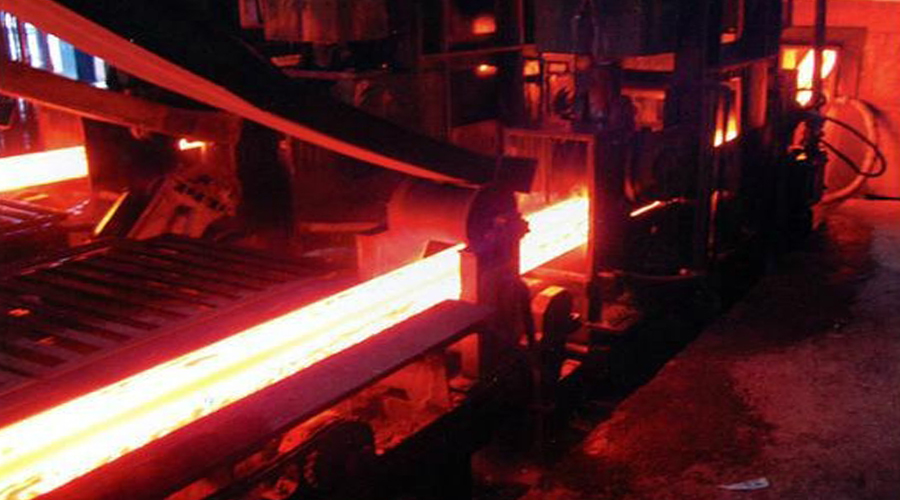Steel billet production process is a critical step in the manufacturing of steel products continuous casting machine. There are multiple stages involved, each helping to transform raw materials into high-quality billets.
Hani Metallurgy will give you an overview of the billet production process, from the initial stages of raw material preparation to the final stage of billet shaping.
Steel Billet Production Process
Steel billets are the raw material for a variety of steel products, including rods, rods, and wire.
The first is the selection & preparation of raw materials, usually iron ore, coal and limestone. These materials undergo a series of refining processes to eliminate impurities and achieve the desired chemical composition.
After the raw materials are prepared, they are mixed and heated in a blast furnace. The high temperatures cause the iron ore to melt and form liquid iron. This liquid iron, called molten iron, is then transferred to melting furnaces where it is further refined.
In a steelmaking furnace, molten iron is combined with scrap steel and other alloying materials to adjust the chemical composition. This process, called secondary steelmaking, ensures that the steel meets the specifications required for the intended end product. At this stage, impurities such as sulfur and phosphorus are removed and alloying elements such as manganese and chromium are added.
After the steelmaking process is complete, molten steel is poured into a mold to form a billet. Continuous casting is the most common method, in which molten steel is poured through a water-cooled mold, causing the steel to gradually solidify. This continuous casting process produces long billets of consistent size and quality.
After the blank is formed, it undergoes further processing to improve its mechanical properties and surface finish. This includes processes such as hot rolling, where billets are heated and passed through a series of rolling mills to achieve the desired shape and size. Cold rolling can also be used to further refine the billet and improve its surface finish.
Finally, the finished steel billet undergo quality inspection and undergo various testing methods to ensure that they meet industry standards. These tests include checking for defects such as cracks or surface irregularities, as well as verifying chemical composition and mechanical properties.
In summary, the steel billet production process is a complex and complex series of steps that convert raw materials into high-quality steel billets. From the selection and preparation of raw materials to the refining and casting process, each stage plays a vital role in ensuring that the final product meets the required specifications.
The steel billets produced through this process are the basis for a variety of steel products, contributing to numerous industries around the world.
If you have any questions or needs about metal smelting equipment such as billets, slabs, continuous casting machines, smelting furnaces, etc., please feel free to contact us to answer your questions or provide more professional solutions and quotations!

